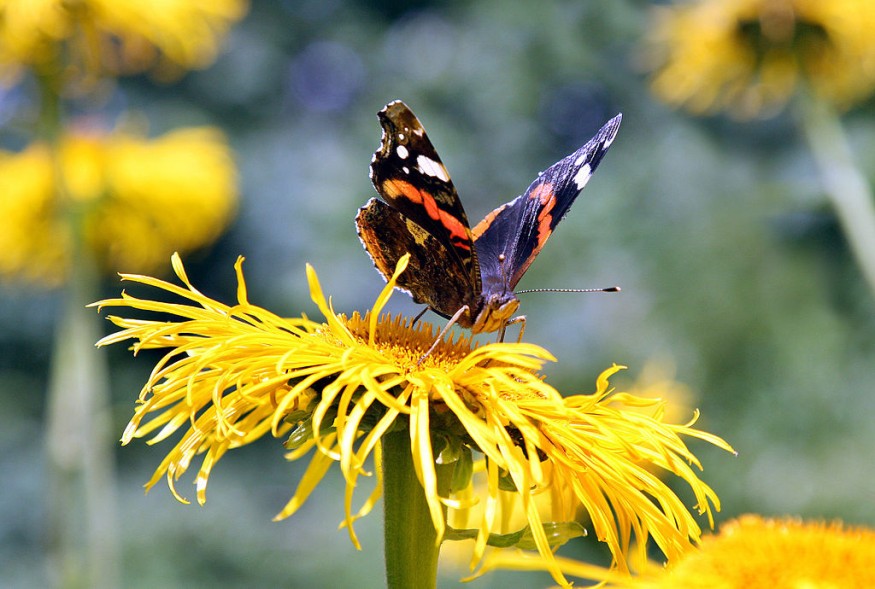
As a result of climate change, the UK has remained warm this season, leading to 170k red admiral butterfly sighting reports.
170k Sightings Reported
According to research, the number of red admiral butterflies in British gardens has increased by 400% this year because the migrating insect prefers the warmer climates brought on by climate change.
In its annual Big Butterfly Count, Butterfly Conservation has recorded 170,000 sightings of the magnificent red and black bug so far this year.
In the past, the red admiral butterfly used to migrate to the UK from North Africa or continental Europe. However, a notable change has occurred in recent times, where, instead of seeking warmer climates for the winter, the red admiral has adapted its behavior and now chooses to spend the winter in the UK. This shift is primarily because the climate in the region is no longer too cold for the butterfly to survive. The butterflies typically fly south in the spring to Britain to lay their eggs before returning north.
According to the butterfly charity, as temperatures rise, the red admiral's need to travel back to its southern winter habitat is diminishing, which means it's likely that more individuals of the species will spend the winter in the UK.
Climate Change and the Red Admiral Butterfly Species
Scientists can monitor how a changing climate is affecting insect distribution and behavior by counting butterflies.
Butterfly Conservation senior surveys officer Dr. Zoë Randle commented that it was unexpected to see the red admiral taking the lead. The UK, however, may very well turn out to be a permanent home for this species given the increased frequency of warm weather.
The breadth and depth of the data they are gathering, according to Randle, is only achievable with the support of the general population. As a result, they are pleading with citizens of the UK to participate in the count by going outside and reporting any butterflies they see over the coming days.
To have a better understanding of how extreme weather is harming the butterflies, she continued, the team needs participation from the public now more than ever.
On Sunday, the Big Butterfly Count comes to an end. More than 85,000 counts have been completed by participants across the UK, and more than 1 million butterflies as well as day-flying moths have been recorded thus far, The Guardian reports.
Identifying a Red Admiral Butterfly
The forewings and hindwings of the red admiral are covered in broad, red stripes, and there are white specks close to the tips of the forewings.
The red admiral, a fairly sizable black, white, and red butterfly, makes a dramatic appearance in our gardens where it may be seen consuming buddleia and other flowers. Additionally, it will frequent a variety of other habitats, including mountains and seashores. Adults can fly on warm days throughout the year and occasionally hibernate, but they are most abundant in the summer and early fall. Common nettles provide food for the caterpillars, according to The Wildlife Trusts.
Related Article : Warming Weather Encourages Extremely Rare Species Black-Veined White Butterfly to Return to Britain After 100 Years
© 2025 NatureWorldNews.com All rights reserved. Do not reproduce without permission.





